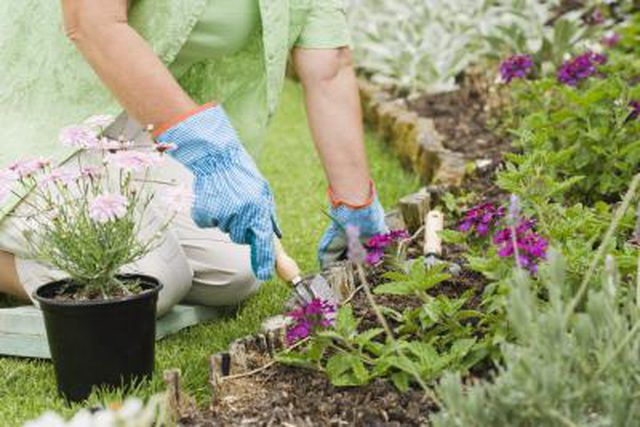Bulbs
Flower Basics
Flower Beds & Specialty Gardens
Flower Garden
Garden Furniture
Garden Gnomes
Garden Seeds
Garden Sheds
Garden Statues
Garden Tools & Supplies
Gardening Basics
Green & Organic
Groundcovers & Vines
Growing Annuals
Growing Basil
Growing Beans
Growing Berries
Growing Blueberries
Growing Cactus
Growing Corn
Growing Cotton
Growing Edibles
Growing Flowers
Growing Garlic
Growing Grapes
Growing Grass
Growing Herbs
Growing Jasmine
Growing Mint
Growing Mushrooms
Orchids
Growing Peanuts
Growing Perennials
Growing Plants
Growing Rosemary
Growing Roses
Growing Strawberries
Growing Sunflowers
Growing Thyme
Growing Tomatoes
Growing Tulips
Growing Vegetables
Herb Basics
Herb Garden
Indoor Growing
Landscaping Basics
Landscaping Patios
Landscaping Plants
Landscaping Shrubs
Landscaping Trees
Landscaping Walks & Pathways
Lawn Basics
Lawn Maintenance
Lawn Mowers
Lawn Ornaments
Lawn Planting
Lawn Tools
Outdoor Growing
Overall Landscape Planning
Pests, Weeds & Problems
Plant Basics
Rock Garden
Rose Garden
Shrubs
Soil
Specialty Gardens
Trees
Vegetable Garden
Yard Maintenance
What Is Slow Release Nitrogen Fertilizer?
What Is Slow Release Nitrogen Fertilizer?. According to Ohio State University, nitrogen is the most important nutrient to supply to your lawn and garden. Two types of fertilizers are available: slow release and quick release. Choose one based on your lawn's needs.

According to Ohio State University, nitrogen is the most important nutrient to supply to your lawn and garden. Two types of fertilizers are available: slow release and quick release. Choose one based on your lawn's needs.
Nitrogen
Nitrogen aids in plant health, development and color. Because nitrogen can get be washed away from soil or used by microorganisms, you need to supply the nutrient in the form of fertilizer.
Slow Release Fertilizer
Slow release fertilizer high in nitrogen gradually supplies nutrients to lawns and plants during the course of six to eight weeks. Because slow release fertilizers must have a certain warm soil temperature to activate, it can be disadvantageous if your plants need to absorb nutrients in cold soil.
Slow vs. Quick Release
Unlike slow release fertilizer, quick release fertilizer provides plants with nutrients for only two to three weeks. Used improperly at high doses, it has the tendency to burn (dehydrate) yards.
Forms
Slow release fertilizer can come in liquid and granule forms. Most slow release fertilizers come in a granule form that is spread by hand or with a fertilizer spreader.
Time Frame for Plants
Apply slow release fertilizer on your ornamental plants and flowers in the early spring when the ground temperature has reached 55 degrees Fahrenheit.
Time Frame for Lawns
Apply slow release nitrogen-rich fertilizer after your grass has had time to green up or come out of dormancy. Before this time, weeds that can adapt to cold weather will absorb the nutrients from the fertilizer and overgrow in your yard without the competition of grass.